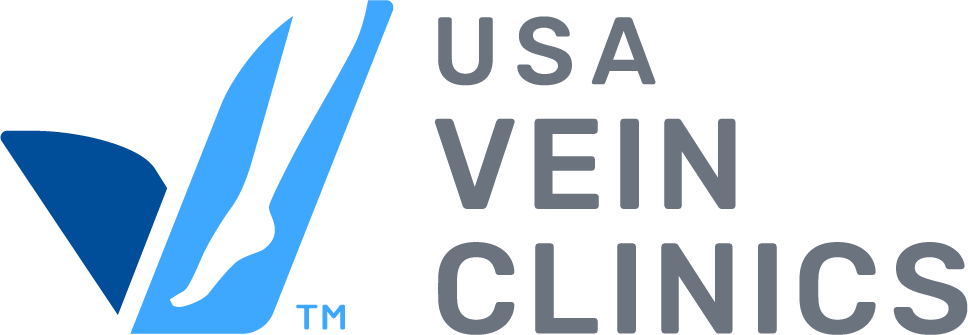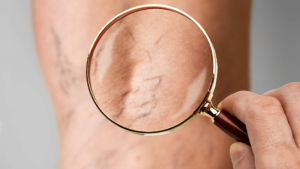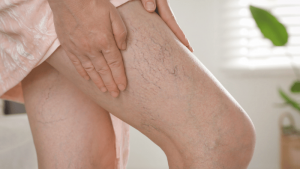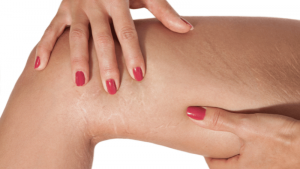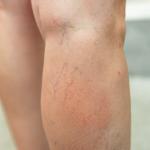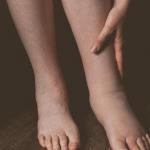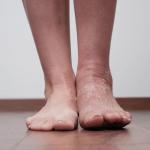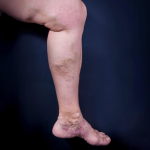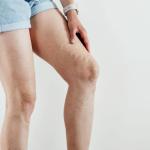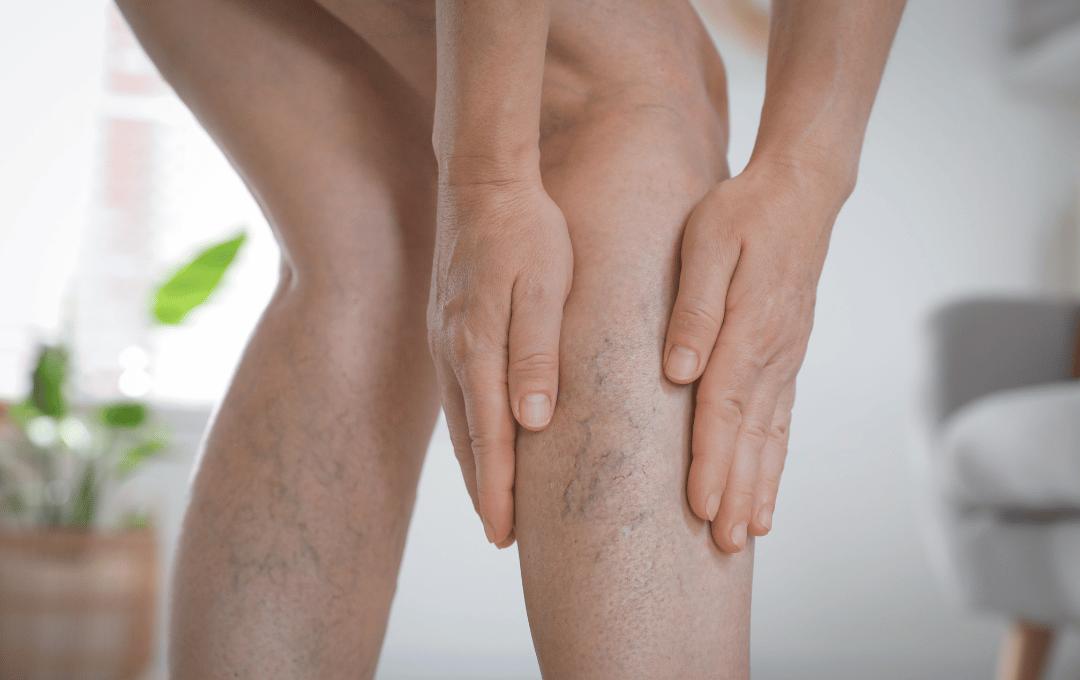
Finding thin red or purple lines on your legs may cause you to wonder whether you’re dealing with spider veins vs. stretch marks. At first glance, these skin changes might appear similar, but they stem from very different causes, and in some cases, one may be a warning sign of an underlying circulation problem.
That’s why you should know the differences between spider veins vs. stretch marks, what causes them, and when it might be time to seek medical care.
How to Tell The Difference Between Spider Veins vs Stretch Marks
Spider veins are small, swollen blood vessels that appear visible beneath the skin’s surface. They often appear in red, purple, or blue web-like patterns, commonly found on the legs, thighs, or ankles. In some cases, spider veins cause other symptoms such as aching, throbbing, burning, or a heavy sensation in the legs. Mild swelling and itching may also occur near the affected veins.
Stretch marks are a type of scarring that occurs when the skin stretches or shrinks rapidly, tearing a layer of the skin called the dermis. They usually appear as pink, red, or purplish lines that fade to silver or white over time. Unlike spider veins, they are unrelated to the circulatory system and do not involve blood vessels.
Although both conditions can appear in similar areas, such as the thighs or calves, their appearance and symptoms are different. If you notice skin changes but are unsure whether you are dealing with stretch marks or spider veins, take our vein symptom quiz to see if vein issues are affecting you.
What Causes Spider Veins in the Legs?
Spider veins develop when the tiny valves inside veins weaken or fail, allowing blood to flow backward and pool near the skin’s surface. This pressure buildup causes the veins to dilate and become visible as web-like patterns. Stretch marks and spider veins may appear as streaks or lines in similar areas, but develop from different causes.
Common risk factors for spider veins include aging, hormonal changes (e.g., during pregnancy), genetics, prolonged standing or sitting, and weakened or malfunctioning vein valves.
When to Be Concerned About Spider Veins
While spider veins can be harmless and often viewed as a cosmetic concern, they may indicate underlying vein disease, such as chronic venous insufficiency (CVI), where blood doesn’t flow efficiently back to the heart.
When spider veins develop due to vein issues, patients may experience aching, burning, or heaviness in their legs, particularly when standing for extended periods. Swelling, skin discoloration, or other changes around the veins can also be early signs of vein damage.
If you’re unsure whether you are dealing with stretch marks or potential vein issues, consult a vein specialist for an accurate diagnosis. Early screenings for spider veins can help detect CVI before it progresses into more serious complications.
Schedule a Vein Screening Online
What Causes Stretch Marks on the Legs?
Stretch marks occur when the skin stretches or contracts rapidly, causing the supportive collagen and elastin in the dermis to rupture. This process creates scars that appear as discolored lines on the skin.
They are common due to hormonal changes during pregnancy, rapid weight gain or loss, muscle growth, and growth spurts during puberty. Unlike spider veins, stretch marks do not pose any health risks because they do not disrupt blood flow or circulation.
What Does a Raised Blood Vessel on Stretch Marks Mean?
Sometimes, a raised blood vessel on stretch marks may appear inflamed or have visible veins near or within them. These are swollen stretch marks, often resulting from thinning skin or inflammation, not spider veins. However, they can both appear in similar colors and patterns.
If you’re unsure whether the lines on your skin are stretch marks or spider veins, seeking advice from a vein specialist can provide you with the necessary guidance and support. They can assess the area and determine if the concern is cosmetic or a potential sign of vein disease.
Do Spider Veins or Stretch Marks Require Treatment?
Stretch marks do not usually require medical treatment, but spider veins can require treatment if they are caused by underlying health conditions such as vein disease. The right treatment for spider veins will depend on their cause, severity, and symptoms.
Spider Vein Treatment Options at USA Vein Clinics
USA Vein Clinics offers minimally invasive procedures to target spider veins, with sclerotherapy being the most common treatment. Sclerotherapy is a type of injection in which a vein specialist administers a solution to irritate the damaged veins. As a result, the affected veins will collapse and fade, and blood will reroute to healthier veins.
Sclerotherapy can be done in outpatient settings, with some patients reporting mild discomfort. Depending on the severity of the spider veins, multiple treatments or a combination of treatments may be needed to achieve optimal results. All vein treatments offered at USA Vein Clinics are FDA-approved, require little to no downtime, and are effective in reducing symptoms.
Explore Vein Treatment Options
Don’t Ignore Signs of Vein Issues
Whether experiencing stretch marks or issues related to your veins, identifying the cause is the first step towards finding the right treatment.
The specialists at USA Vein Clinics can help determine the root cause of symptoms and recommend the best treatment option for each patient. Our nationwide clinics accept most insurance plans, including Medicare and Medicaid. With expert diagnosis and advanced, non-surgical options, you can keep your legs healthy, comfortable, and looking their best.
Stretch Marks vs. Spider Veins FAQs
Can You Have Stretch Marks and Spider Veins in the Same Area?
It is possible to have stretch marks and spider veins in the same area, particularly during pregnancy when the skin undergoes rapid changes.
Are Spider Veins Preventable?
Spider veins aren’t always preventable, especially if genetic factors contribute to their development. While lifestyle changes can help improve vein health, medical treatment is typically needed to eliminate spider veins and reduce the risk of developing new ones.
Can Stretch Marks Turn Into Spider Veins?
Stretch marks do not develop into spider veins, as stretch marks are typically cosmetic, whereas spider veins may indicate circulatory concerns. Spider veins and stretch marks are distinct skin conditions caused by different underlying factors.
